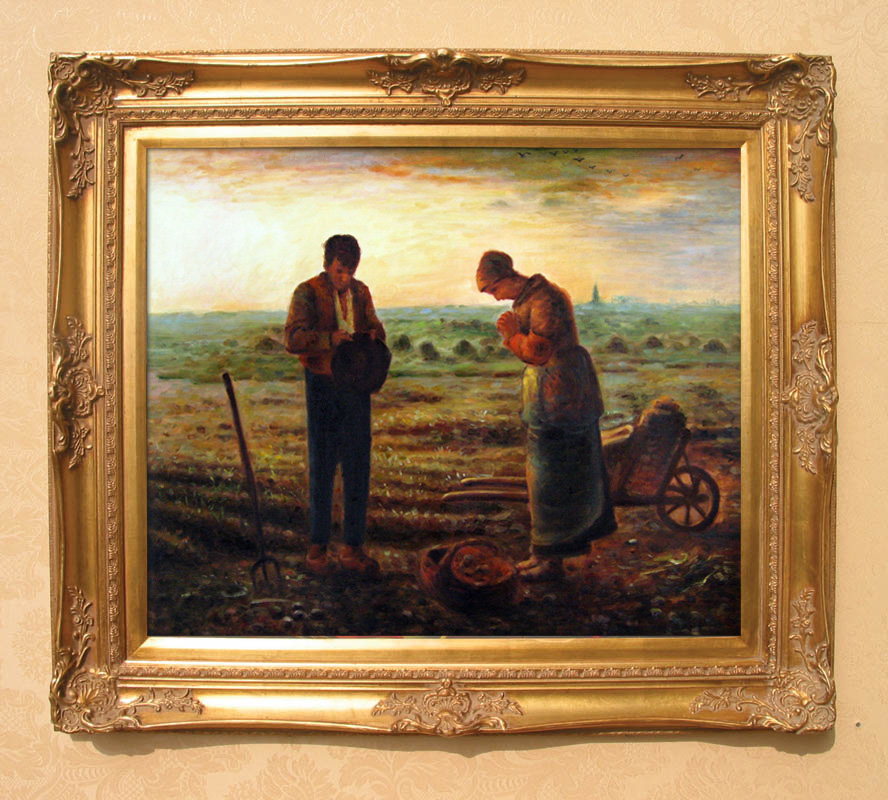“Artists do not live on thin air. And because they enrich the world with their art, they should be protected. So it is fair that those who trade in their works pay them a share of what they earn. That is the purpose of the resale right: to share all forms of enrichment.” – Ousmane Sow, Senegal.
Artisans and visual artists of Kenya, unite! With the anticipated amendments to the Kenya Copyright Act in line with the forthcoming establishment of the Intellectual Property Office of Kenya, this is the opportune time for owners and authors of artistic works to actively lobby the Government of Kenya for the inclusion of the artist’s resale right (often referred to by its French name, “droit de suite”) in the Act. In at least 70 countries around the world, artist resale rights legislation exists which enable artists to receive a small percentage (usually between 0,25 and 5%) of the value of sales of their work in the secondary market (i.e. sales that occur after the first sale of the work in the primary market through, for example, a gallery). In Africa, the artist’s resale right exists only in two countries namely Burkina Faso and Senegal.
The artist’s resale right can either be integrated into existing legislation (as is the case with most EU countries) or functions as standalone or sui generis legislation (eg. the UK and Australia). The resale royalty addresses the relative disadvantage that visual artists have (by comparison to other art forms) on account of the ‘once-off’ or singular nature of visual artworks, and the limited ability of visual artists to benefit from the subsequent success of their work in the marketplace after the first sale has taken place. The first resale right law was enacted in France in 1920. The need for the right became clear when a collector made a significant amount of money from the sale of Jean-François Millet’s painting “The Angelus,” (pictured above) while the artist’s family was living in extreme poverty.
From a Kenyan perspective, it is important to note that the resale right is provided for under Article 14 of the Berne Convention. This Article creates a Droit de Suite right for artists and writers of original art and manuscripts subject to existence of the provision in national legislation and country of claim (reciprocity). Since Kenya has signed and ratified the Berne Convention, the Berne Convention now forms part of the laws of Kenya pursuant to Article 2(6) of the Constitution. In this regard, KECOBO, in the recent issue no. 12 of its Newsletter stated as follows:
At the moment there is no provision for resale right in the Kenyan law. However the inclusion of resale right in Kenya is part of the amendments deemed necessary by KECOBO as part of the reforms and updates of the Copyright Act, 2001. Initially, the management of the resale right shall be by individual artist though ultimately the Board envisions the creation of a collecting society in this area along the lines of the UK.
In the case of copyright in music, literature and other art forms, royalties are accrued to artists by virtue of the volume of sales of multiple copies of that work (in the form of books, CDs, monetised downloads, etc). In the case of the visual arts, value is generated through single, high-value sales, and potentially through a small number of high-value resales. The resale royalty enables artist to receive a moderated economic benefit from the latter. As with copyright royalties, resale royalties are in all instances collected by rights management organisations in the countries in which this right exists. Unlike several existing proposals discussed here, a crafts and visual arts collecting society would definitely be a welcomed addition to the copyright collective management ecosystem in Kenya. This collecting society would be able to administer the resale right as well as license for various forms of reproductions, distributions, renting or lending, communications to the public and making available to the public of artistic works.
In light of the above, it would be worthwhile to investigate the size, strength and nature of Kenya’s secondary art market so as to arrive at an appropriate tariff for the artist’s resale right.
